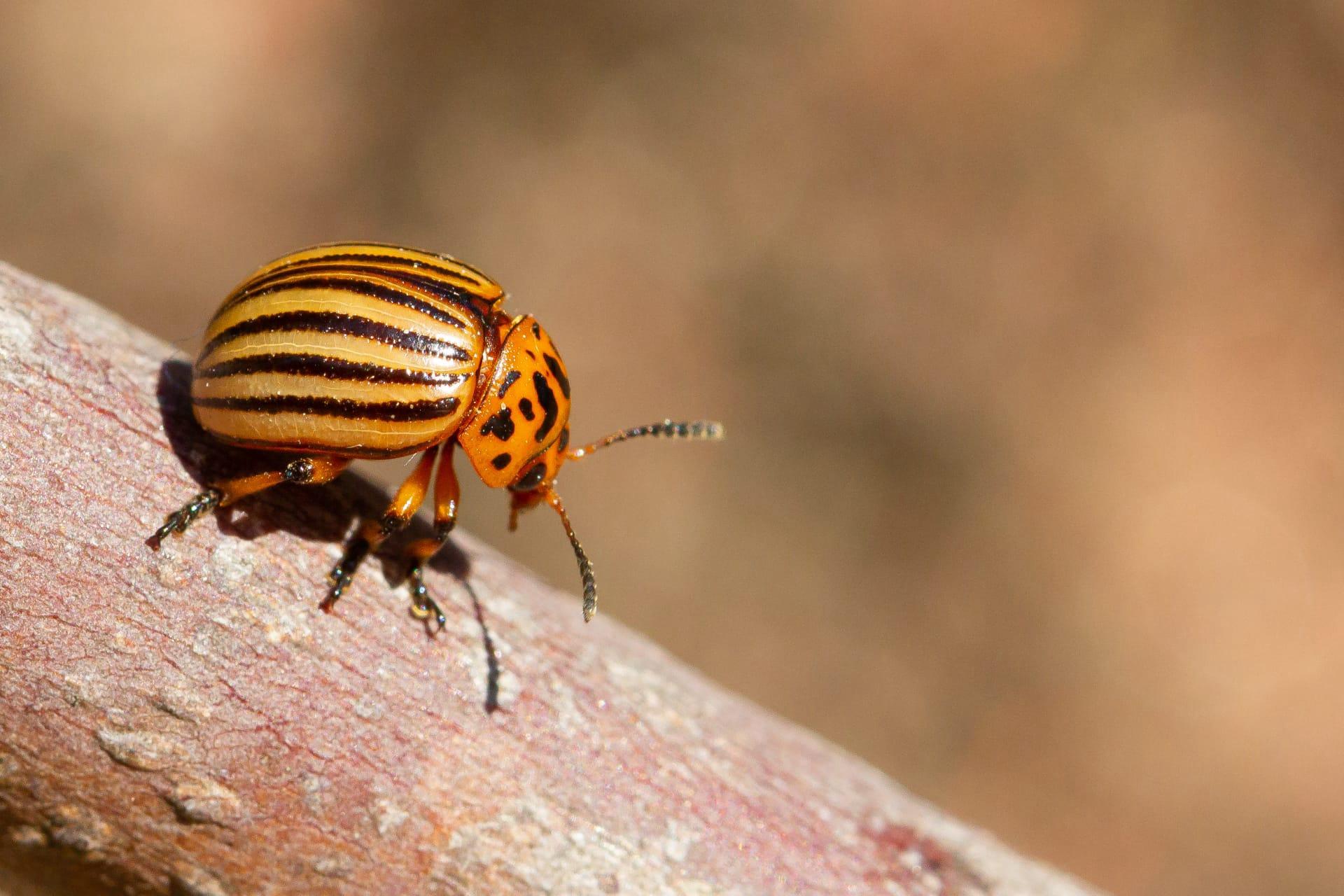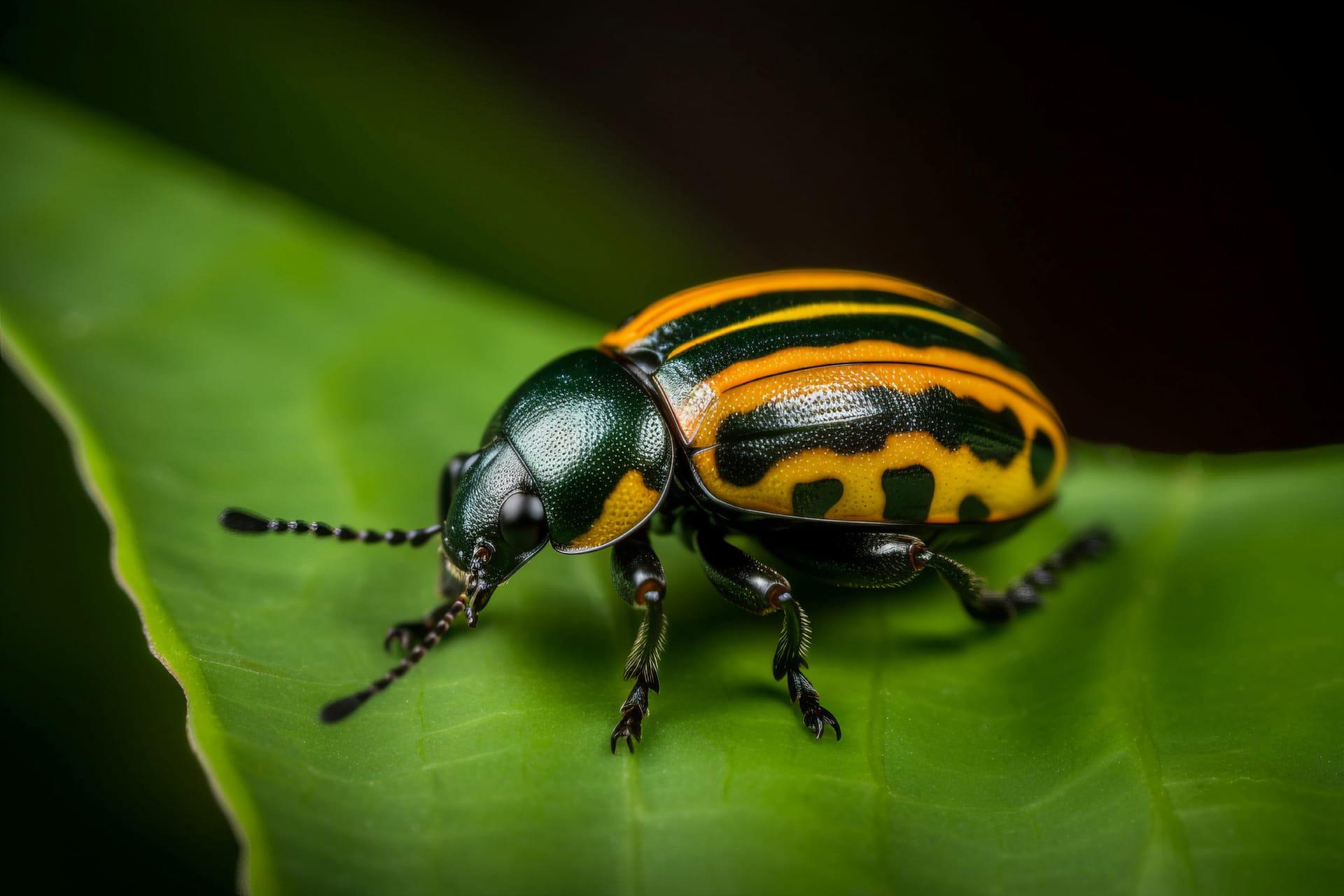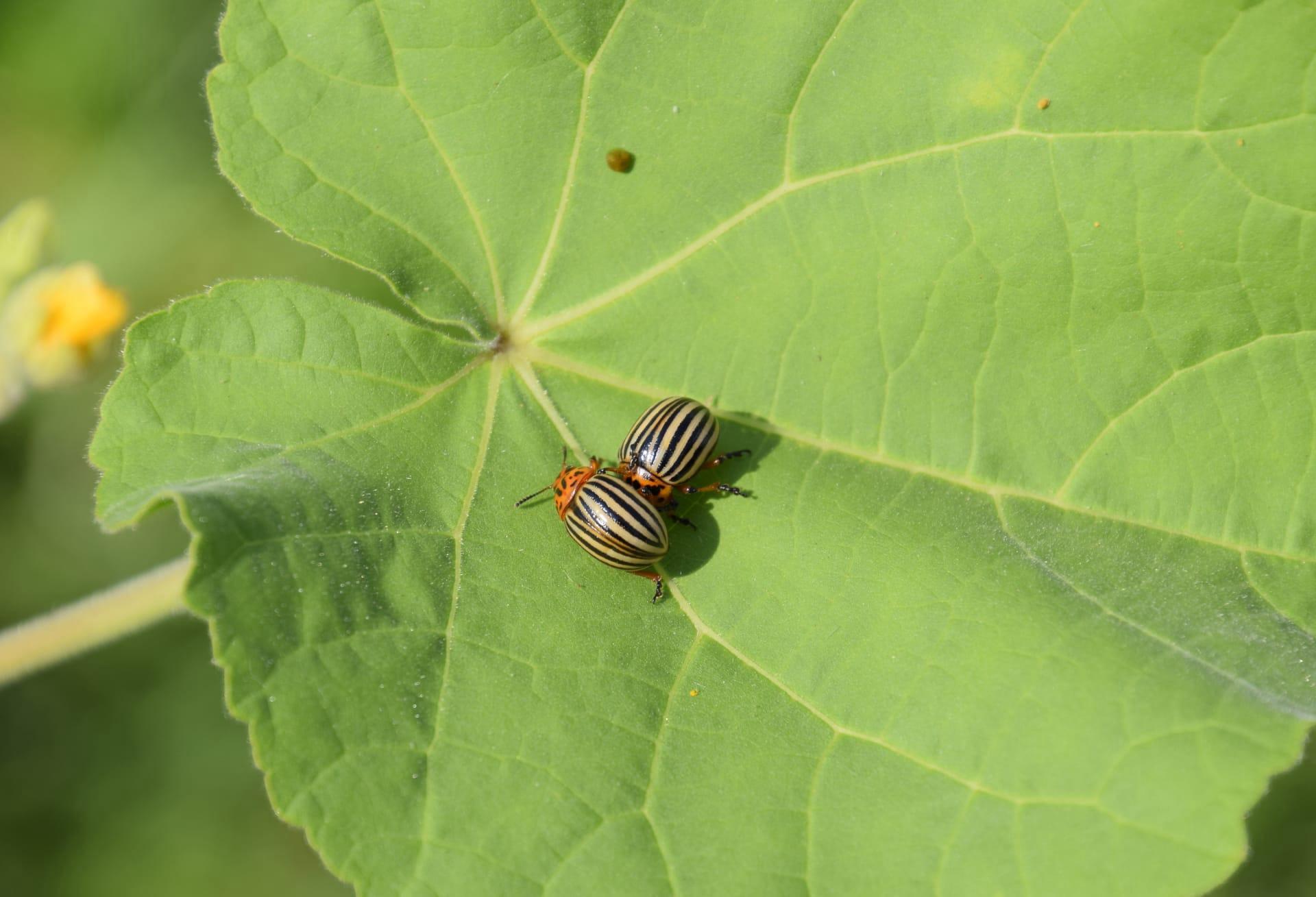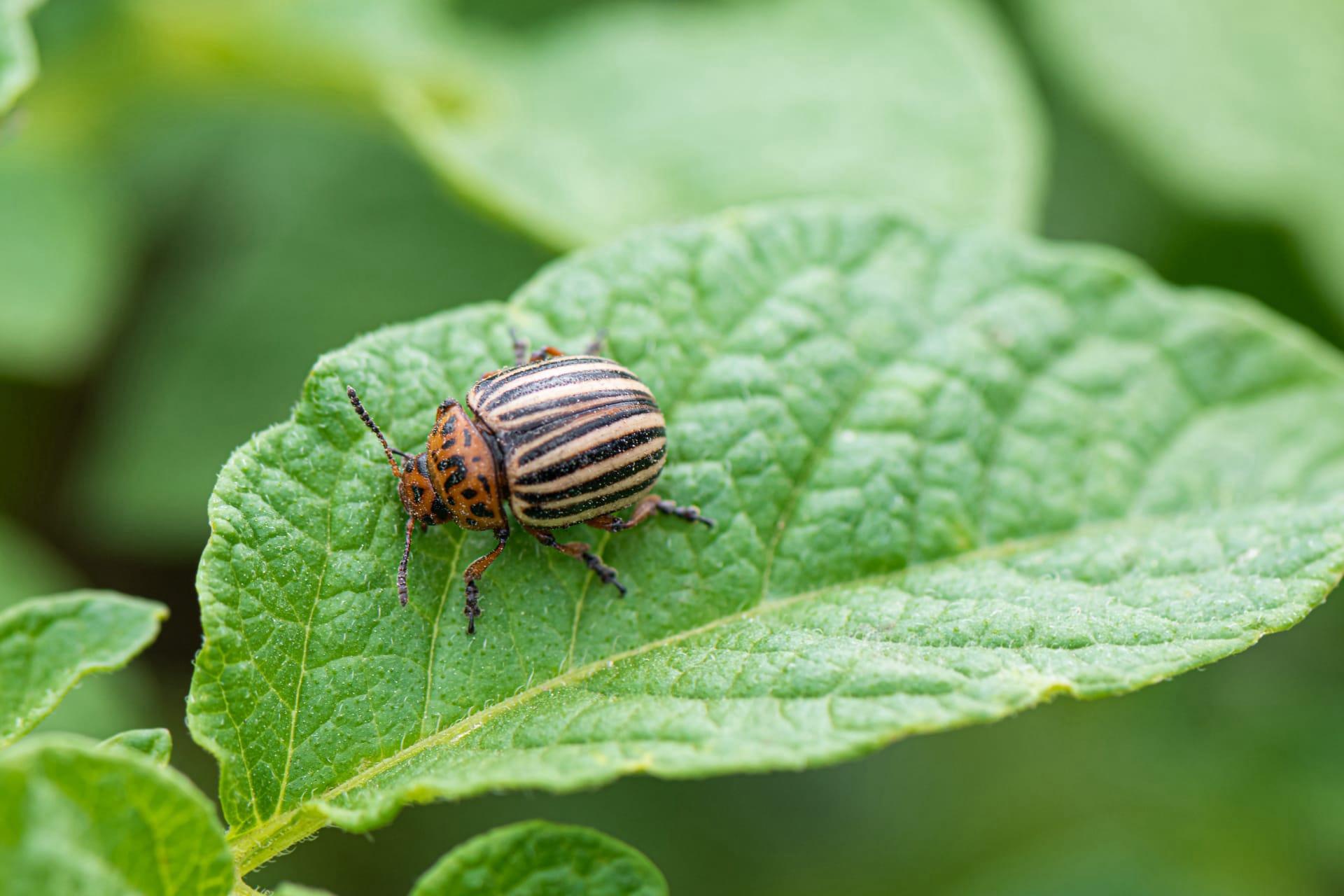1
Did you know that despite its name, the Potato Bug, or Jerusalem cricket, isn't actually a true cricket? These creatures belong to the genus Stenopelmatus and lack the wings most crickets have. Plus, they don't chirp! They communicate by drumming their abdomen on the ground, a behavior known as stridulation. Researchers have found that these vibrations can travel through the soil up to a distance of about 3 meters (nearly 10 feet), allowing them to communicate with others nearby.
Another fascinating aspect of Potato Bugs is their diet. They primarily feed on dead organic matter and roots, making them detritivores and occasional herbivores. This diet choice plays a crucial role in the ecosystem, as they help break down and recycle nutrients back into the soil. However, they can occasionally be found munching on potatoes and other root vegetables, which is how they got their name. Interestingly, they are also known to eat other small insects, adding a predatory aspect to their diet.

2
One of the most distinctive features of Potato Bugs is their appearance. They have a large, round head, with a somewhat human-like face, which can be unsettling to some people. This appearance is enhanced by their strong mandibles, used for digging and feeding, which can look quite prominent. Adult Potato Bugs can grow up to 2.5 inches (6.35 cm) in length, making them quite noticeable when encountered.
Despite their somewhat fierce look, Potato Bugs are not dangerous to humans. They do not possess venom, and their bite, while painful, is not harmful. However, they might bite if handled or provoked. These bites can be surprisingly strong due to their powerful jaws, primarily used for burrowing in the soil and chewing through plant roots. It's best to admire these unique creatures from a distance.

3
Potato Bugs are nocturnal creatures, preferring to stay hidden during the day and becoming active at night. This nocturnal behavior helps them avoid many predators and extreme temperatures. During the day, they can be found under rocks, logs, or in burrows they dig themselves. At night, they venture out to feed and mate. Their preference for cooler, moist environments often leads them to inhabit gardens, fields, and forested areas.
Another interesting fact about Potato Bugs is their life cycle. They undergo incomplete metamorphosis, meaning they don't have a distinct larval stage like butterflies or beetles. Instead, they hatch from eggs as nymphs, which look like miniature versions of adults. These nymphs go through multiple molts, shedding their exoskeleton several times as they grow. It can take up to several years for them to reach full maturity, depending on environmental conditions.

4
Did you know that Potato Bugs can produce a foul smell as a defense mechanism? When threatened, they release a substance from their abdomen that is quite unpleasant to predators. This chemical defense helps deter animals that might consider them as a meal. It's a clear sign to leave these bugs alone, as the smell can linger on your hands if you touch them.
Contrary to popular belief, Potato Bugs are not agricultural pests. While they have a preference for roots and can occasionally be found in potato fields, their impact on crops is minimal. They are more beneficial to the ecosystem than harmful. Their role in breaking down organic matter and aerating the soil is valuable for soil health and plant growth, making them an essential part of the natural cycle in many ecosystems.

5
Potato Bugs have an unusual method of courting and mating. The male Potato Bug will engage in a drumming ritual to attract a female. This involves creating vibrations in the ground by rapidly tapping their abdomen. If a female is interested, she will respond with her own drumming pattern. This back-and-forth can go on for a while before they finally meet and mate. It's a unique form of communication in the insect world, where sound and vibrations play a pivotal role in reproduction.
Potato Bugs are surprisingly resilient. They can endure a wide range of temperatures and are found in diverse habitats, from coastal regions to mountainous areas. Their adaptability is a key factor in their survival, allowing them to thrive in environments that vary from arid deserts to moist forests. This resilience is another reason why they are widespread across the western United States and parts of Mexico, making them a common, yet remarkable, presence in these regions.